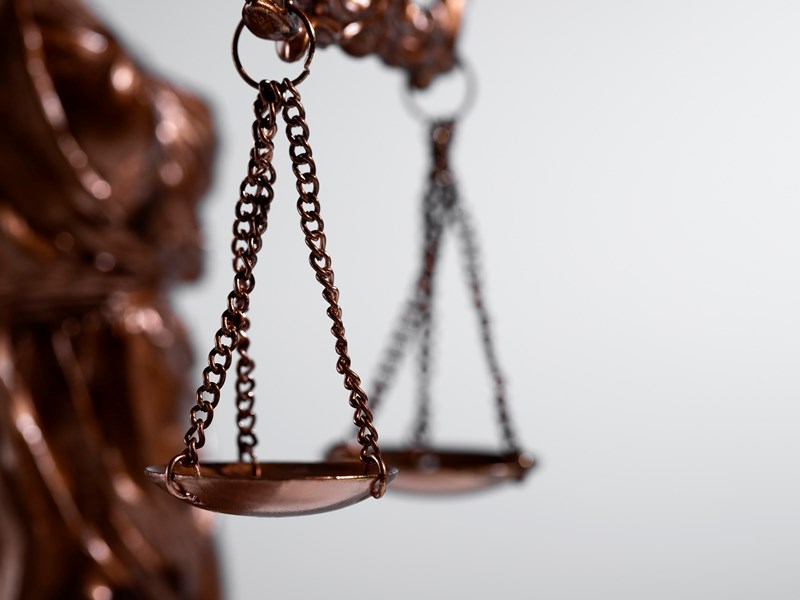Justice Legislation Amendment (Anti-vilification and Social Cohesion) Bill 2024
03 February 2025

The Justice Legislation Amendment (Anti-vilification and Social Cohesion) Bill 2024 was introduced by the Minister for Police and then-Minister for Crime Prevention Anthony Carbines, on 26 November 2024. It seeks to update and expand Victoria’s anti-vilification offences in response to repeated criticisms of the current legislation. During his second reading speech, the Minister stated: ‘Vilification has no place in our community. It is contrary to our democratic values and undermines social cohesion and the benefits that inclusion, multiculturalism and diversity brings to our community’.
The Bill will repeal the current anti-vilification legislation, the Racial and Religious Tolerance Act 2001, and amend the Crimes Act 1958 and the Equal Opportunity Act 1984 to include the criminal and civil anti-vilification provisions, respectively.
The Bill comes after a long period of consultation beginning with the Legislative Assembly Legal and Social Issues Committee inquiry into anti-vilification laws in Victoria. The committee heard that while vilification is common among many communities across Victoria, the current legislation is not broad enough to protect all who experience vilification and has not been utilised by police effectively.
One of the key updates will be to expand anti-vilification legislation from the current protections for race and religion to also include disability, gender identity, sex, sex characteristics, sexual orientation and personal association with a person who is identified by reference to any of the previous. While the Bill has been welcomed by some key stakeholders, other have expressed concerns about how it will impact free speech.
This Bill Brief provides contextual background to the Bill, as well as an overview of its key components. It includes a discussion of stakeholder views and concludes with a comparison of anti-vilification protections in other Australian jurisdictions.